The reconfigurable hybrid robotic gripper can pick and place a wide range of delicate food items.
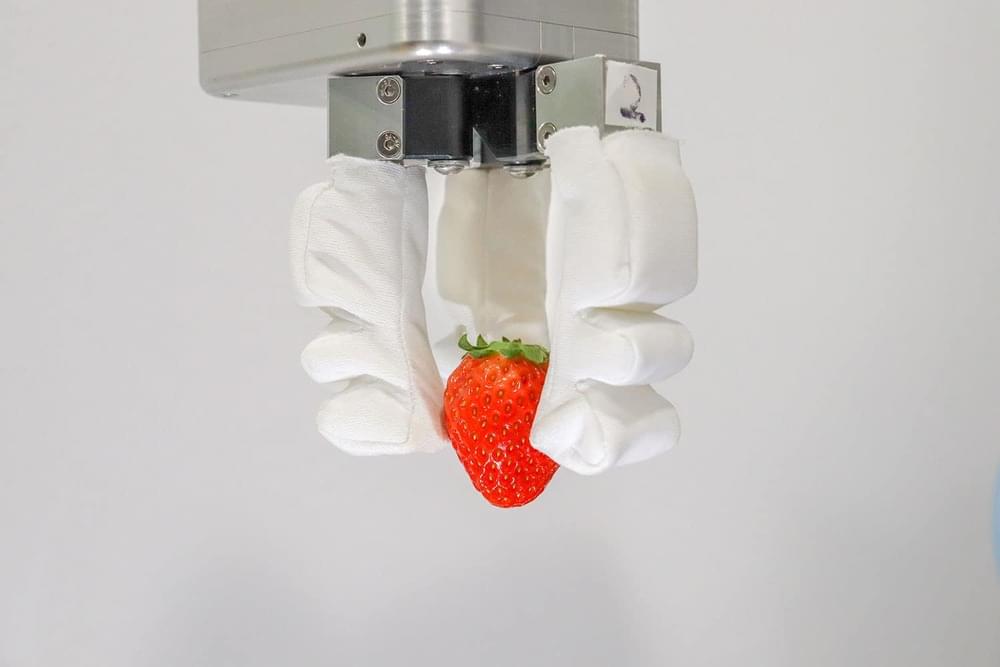


Engineers from National University of Singapore (NUS) have built a robotics system they say can grip various objects, ranging from soft and delicate to bulky and heavy. Designed to be configurable, the robotic hand is touted to address the needs of sectors such as vertical farming, food assembly, and fast-moving consumer goods packaging, and with a 23% improvement in efficiency.
These industries increasingly were automating more of their operations, but currently required manual handling for some processes, according to NUS. The human hand’s natural dexterity remained necessary for these tasks.
Rave Yeow, associate professor from NUS Advanced Robotics Centre and Department of Biomedical Engineering, said: “An object’s shape, texture, weight, and size affect how we choose to grip them. This is one of the main reasons why many industries still heavily rely on human labour to package and handle delicate items.”

Cambridge scientists have identified a key signal that the fetus uses to control its supply of nutrients from the placenta, revealing a tug-of-war between genes inherited from the father and from the mother. The study, carried out in mice, could help explain why some babies grow poorly in the womb.
As the fetus grows, it needs to communicate its increasing needs for food to the mother. It receives its nourishment via blood vessels in the placenta, a specialised organ that contains cells from both baby and mother.
Between 10% and 15% of babies grow poorly in the womb, often showing reduced growth of blood vessels in the placenta. In humans, these blood vessels expand dramatically between mid and late gestation, reaching a total length of approximately 320 kilometres at term.

With hundreds of times more food per acre than regular farms.
Vertical farming is a revolutionary form of agriculture. As its name suggests, it’s a form of agriculture that is specifically designed to facilitate agricultural production inside vertical structures. These farms can be created inside old warehouses, used shipping containers, greenhouses, or other buildings, saving space and energy.
As a more sustainable method of farming, vertical farming tends to require much less energy than regular farming which is estimated to be 95% less water since the used water in farming can be recycled and reused.
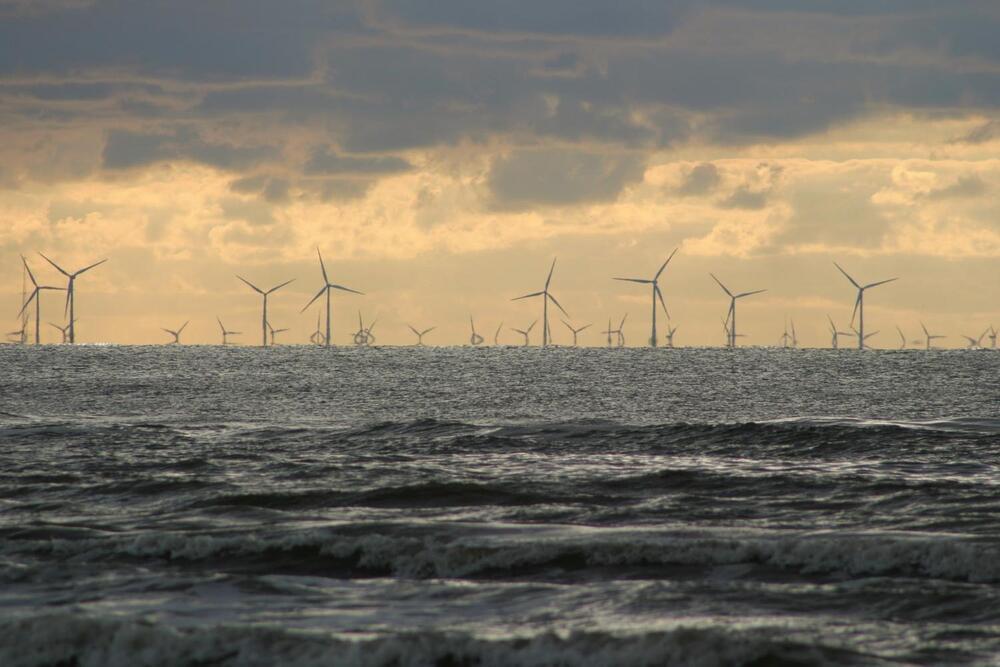
Officials with the Danish energy company Ørsted have announced that they have achieved first power on the Hornsea 2 project—a new windfarm off the coast of England in the North Sea. As part of their announcement, posted on the company’s web page, officials noted that once the windfarm is fully operational, it will represent the largest windfarm in the world.
Hornsea 2, as its name implies, is the second segment of a four-segment project. Hornsea 1 became operational last year and is currently the largest offshore windfarm —with its 174 turbines, the farm has a capacity of 1.2-GW—enough to power over a million homes in the U.K.
Hornsea 2 was approved for construction back in 2016—it will feature 165 8-MW turbines made by Siemens, which will give it a capacity of 1.32 GW. The offshore substation and reactive stations have been installed and tested while construction continues on the turbines. The windfarm will be located approximately 90 kilometers off the coast of Grims, England, which is not far from Leeds and Sheffield. Once the windfarm is fully operational, it will deliver power to a substation at Killingholme. The project will involve stringing cable under 390 kilometers of ocean water and then 40 kilometers of land before reaching the substation. Hornsea 2 will also be breaking another record—it will be located farther away from shore than any other large-scale windfarm.

😃
Probabilistic modelling
Four major steps are entailed in generating successful probabilistic modelling through the Bean Machine. The modelling is based on generative techniques, the data collected from Python dictionaries where it is associated with random variables. The learning step improves the model’s knowledge based on observations, and the results are stored for further analysis.
Through probabilistic modelling, engineers and data scientists can account for random events in future predictions while measuring different uncertainties. This method is preferred because it offers uncertainty estimation, expressivity, and interpretability facilities. Let’s discuss these.
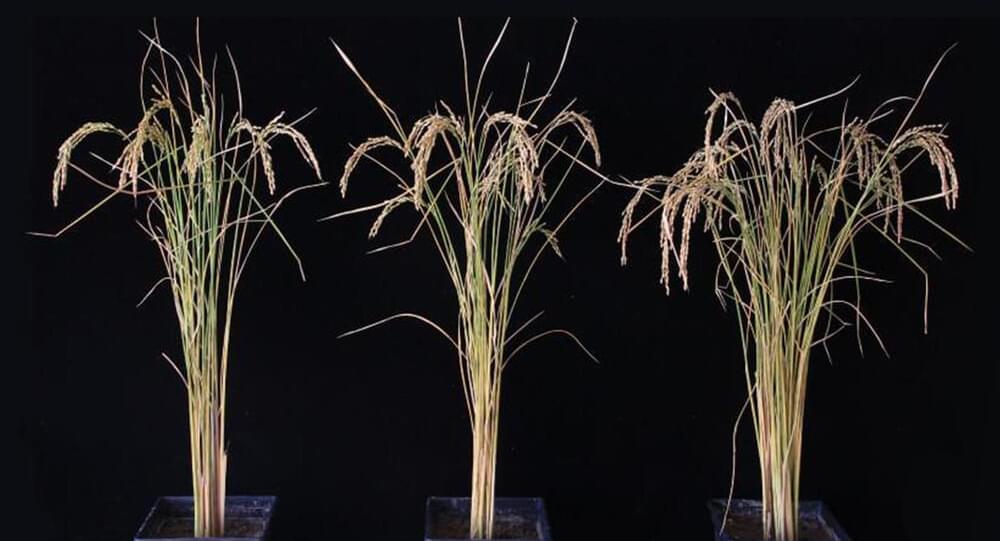
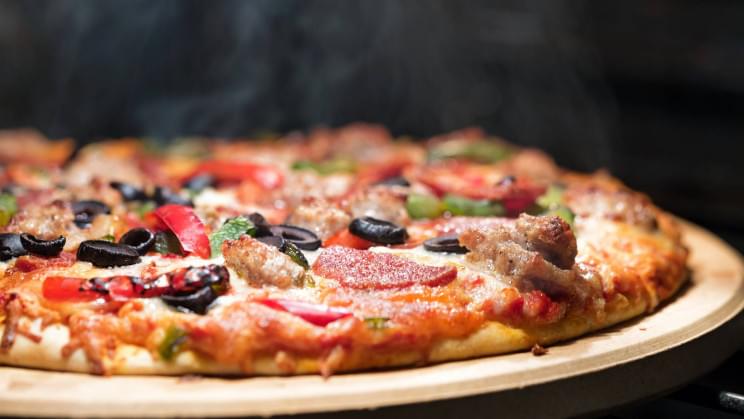
Brought up to speed, the robotic chef can churn out a pizza every 45 seconds.
Back in January of 2020, we brought you news of a pizza-making robot from a Seattle-based company called Picnic.
The system was small enough to fit in any commercial kitchen without any retrofitting. The base modules were only 2 feet (61 cm) wide, making them highly portable and easy to fit on food trucks. The robot was set to revolutionize the food industry.
Now, a new pizza-making robot has been launched, this time by three ex-SpaceX engineers: Benson Tsai, Brian Langone, and James Wahawisan. The pizzeria is called Stellar Pizza and it can make, bake and top a pizza in under five minutes, according to Business Insider.
A pepperoni or supreme pizza is amongst the choices offered by Stellar Pizza and customers can even conceive their own pizza with toppings that include onions, bacon, chicken, and olives.
Full Story:

Though innovation is often associated with Silicon Valley and high-tech start-ups, sometimes all that’s needed to make a big difference in people’s lives is a new spin on tradition, UNCTAD Deputy Secretary-General Isabelle Durant said on 2 July at the opening of a meeting in Geneva on the topic.
Mitticool, the clay refrigerator that requires no electricity, costs less than $50 and can keep food fresh for 2 to 3 days, is just one example of the power of “frugal innovation”, Ms. Durant said.
Inspiration came to the Indian inventor, Mansukhbhai Prajapati, after seeing his community suffer during the Gujarat earthquake of 2001, when a magnitude seven quake wrecked more than 8,000 villages, killing around 20,000 and leaving a million others without a home.
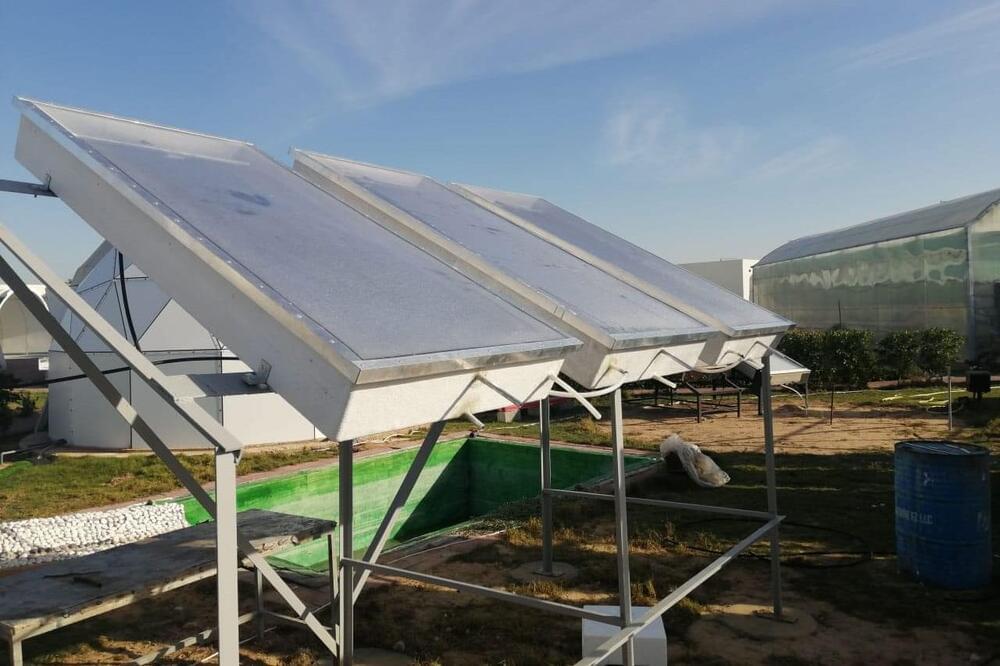
After centuries of failure, there is finally a way to use solar power to desalinate salty water, produce pure water for home and farm use and have housing in the raw desert.
The key energy driver is the Suns River desalination modules linked with Aquastill’s Membrane distillation – the process in which pure water is separated from contaminated water (salt water, for example) by means of evaporation through a membrane. The combination of Suns River and Aquastill brings productivity up to 50 liters/m2 or the equivalent of 6 times the solar energy input.
The venture is currently in the design phase to expand the 400 square meter demonstration site to produce 80 Cubic meters of pure water per day, expanding food production by 100 times. The site is off the electric grid and uses only solar and wind energy, meaning it has a zero carbon footprint. The demonstration site has been in operation for over two years.